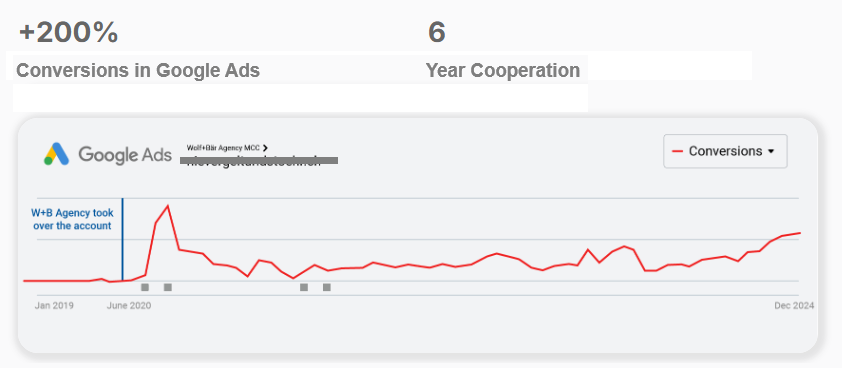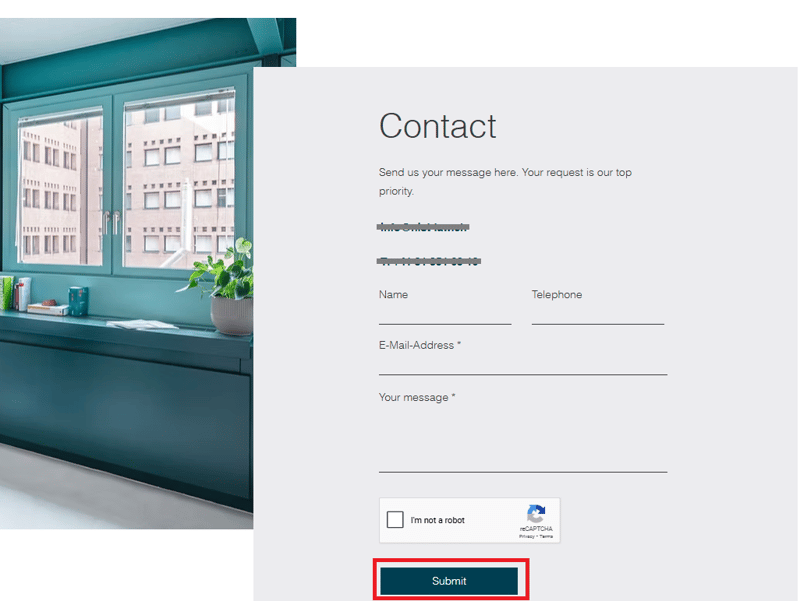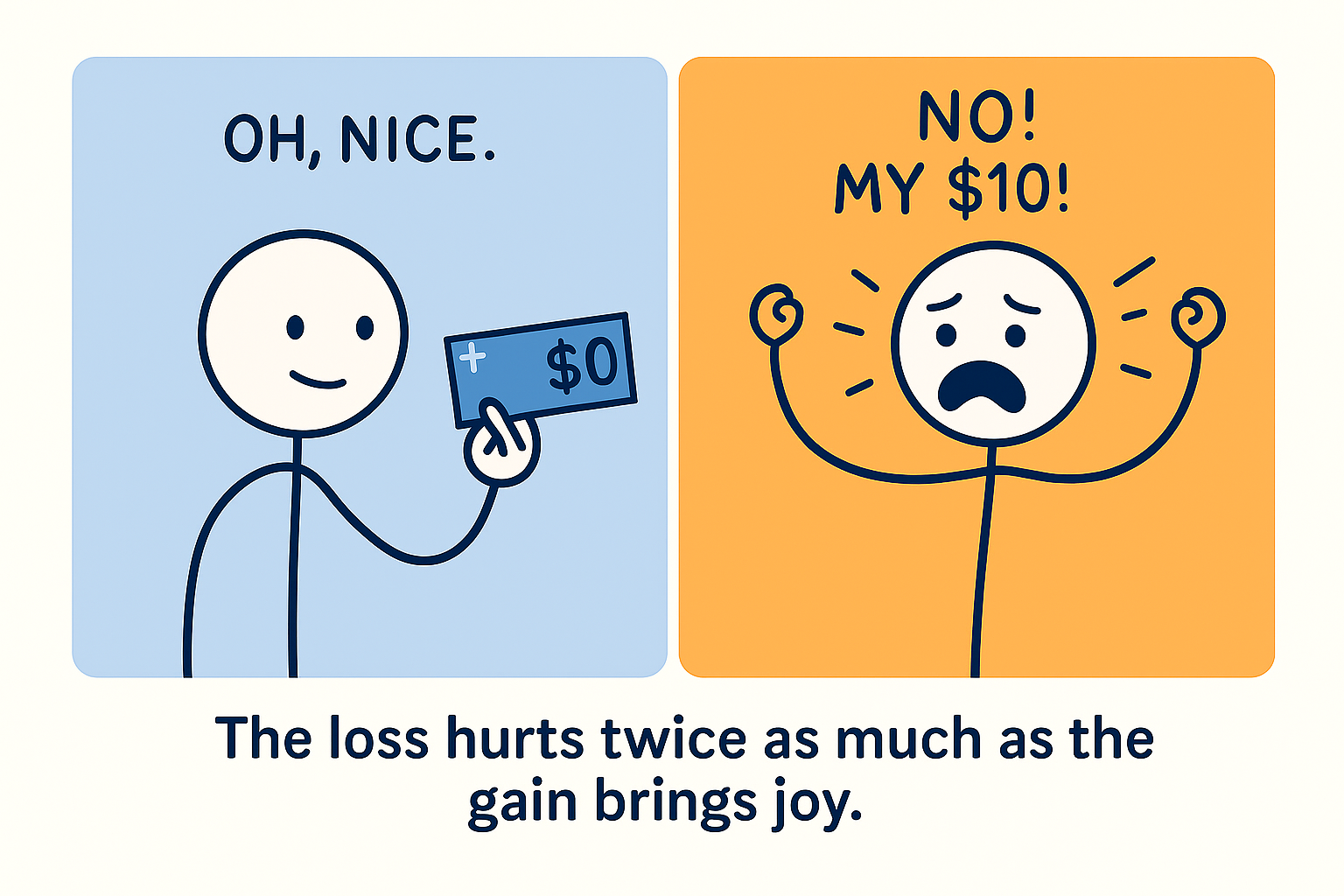3 Tips That Helped a Swiss Law Firm Win Back Clients Using Micro-Conversions
At Wolf & Bär, we’ve spent more than ten years optimizing contact pages and lead funnels for service-oriented businesses across Switzerland and the DACH region. Again and again, we see the same pattern:
Many firms lose potential clients not because people aren’t interested — but because the contact page makes it too uncomfortable or unclear to reach out.
Here are three simple, proven tips that helped one Swiss law firm increase their qualified inquiries from just 2 in 720 days to multiple new client contacts every month — with the same Google Ads budget.

Management Summary
Tip 1: Offer every contact option — not just a form
Tip 2: Track micro-conversions — not just the contact form
Tip 3: Use micro-conversion tracking for smart remarketing
Below, we explain each of these tips in detail — and then explore the deeper technology and psychology behind them.
Tip 1: Offer Every Contact Option — Not Just a Form
Most law firm websites show only a contact form. But a form is not the preferred way for many people to reach out — especially when dealing with legal or sensitive matters.
Give visitors all communication options so they can choose the one they trust.
Recommended order on the contact page:
- Email address (copyable)
-
Phone number (tap-to-call)
- Book an appointment (Calendly or similar)
- Physical address
-
Contact form
Why this works:
The goal isn’t to force a channel — the goal is simply to let people contact you.
Different people prefer different levels of control, privacy, and immediacy.
A form can trigger uncertainty:
-
“Where does my message go?”
-
“Who will respond?”
-
“Will I get spam?”
Email, phone, and Calendly feel safer because the user stays in control.
Tip 2: Track Micro-Conversions — Not Just the Contact Form
Tracking only the form submission means you see almost nothing.
Micro-conversions show early interest — the invisible steps that happen before someone is ready to send a form.
Examples:
-
copying your email
-
clicking your phone number
-
checking your physical address
-
visiting “About Us”
-
visiting “Team”
-
navigating to “Contact”
-
clicking “Book a Call”
-
scrolling or interacting with helpful content
These small interactions indicate real engagement.
With proper setup (Google Analytics + Google Tag Manager), you can finally see:
-
what visitors actually do
-
where they hesitate
-
which actions correlate with new clients
-
which contact options perform best

A macro conversion: Filling-out a contactform and sending it off into the unknown (will i get spam?, where is it send to?, etc.)

Micro conversions: Lighter barriers to perform. Checking out the about or contactpage, copy&pasting the phone number or e-mail. Each of these events can be tracked.
Tip 3: Use Micro-Conversion Tracking for Smart Remarketing
Micro-conversions don’t just help you understand your audience — they also help Google Ads learn who is actually interested.
By feeding micro-conversions into Google Ads, you allow Google to:
-
show remarketing ads to high-intent visitors
-
follow up while they’re still in the decision phase
-
build familiarity (essential for trust in legal services)
-
improve targeting accuracy
-
increase conversion rates without raising your budget
Why remarketing is essential:
Most people do not make a decision on their first visit.
They think, compare, hesitate — and then forget.
Remarketing reminds them:
“You’ve already looked at this law firm.
You’re safe here.
Here’s how to get in touch.”
It acts like the second conversation after a good first impression.

Bonus Tip: Micro-Conversions Improve Smart Bidding
If you only track the contact form, Google sees almost nothing and cannot learn.
But if you track multiple micro-conversions:
-
Google receives richer signals
-
Smart Bidding becomes more accurate
-
ads reach the right people at the right moment
-
overall lead quality improves
This is one of the fastest ways to improve Google Ads performance without increasing budget.
→ Learn more about our method
→ View the case study of this Swiss law firm
→ Book a free discovery call
Real Case: From almost no leads to Continuous Monthly Inquiries
One Swiss law firm received just two contact-form submissions in nearly two years.
After implementing the three tips:
-
multiple monthly inquiries
-
mostly via email or phone
-
substantially higher-quality leads
-
zero increase in ad spend
The transformation was driven entirely by better UX and better measurement.
Level 1 – The Technology Behind It: Why Micro-Conversions Matter
Micro-conversions are not “extras.”
They are the heartbeat signals that indicate a user is alive, active, and interested.
If there is no interaction, there is:
-
no click
-
no cookie
-
no remarketing
-
no learning for Google Ads
Only 3–5% of people convert on their first visit.
The other 95% need multiple reminders.
Accurate tracking is critical.
If tracking is broken or incomplete, Google optimizes based on false signals — leading to wasted budget.
Wolf & Bär specializes in:
-
capturing every meaningful micro-conversion
-
structuring tracking properly
-
feeding high-quality signals to Google Ads
-
enabling intelligent remarketing
-
improving lead quality and cost efficiency
Level 2 – The Psychology Behind It: Why People Prefer Email Over Forms
People fear losing control.
A contact form feels like exactly that:
-
“I lose control when I click send.”
-
“I don’t know who will read this.”
-
“I can’t track what happens next.”
Email feels safe:
-
I see the message in my Sent folder.
-
I can follow up.
-
I control the communication.
This is Loss Aversion, one of the strongest principles in behavioral economics.

👉 The CHF find/lose image (loss aversion)
Should You Remove the Contact Form?
No.
Removing the form removes friction — but also removes the sense of choice.
A good contact page is not a forced funnel, but an open door with multiple entrances.
Different people prefer different channels:
-
Calendly – clear, direct
-
Email – high control
-
Phone – immediacy
-
LinkedIn – trust building
-
Address – credibility
-
Form – quick messages
Together, these options create self-determination — the antidote to loss aversion.
The Power of Small “Yes” Steps (Gradual Commitment)
A final contact action is rarely one big decision.
It’s built from many small micro-commitments:
-
clicking “About”
-
copying your email
-
opening your address
-
reading your team page
-
clicking “Book a Call”
Micro-conversions make these invisible moments visible — so you can understand how trust builds.
Marketing becomes less about pushing, more about observing real behavior.
Summary
People avoid contact forms because they fear losing control.
They choose channels that feel safe, familiar, or direct.
For law firms, this means:
-
contact must be easy, flexible, and trustworthy
-
micro-conversions must be measured
-
remarketing must be based on real signals
-
Google Ads must learn from real behavior
At Wolf & Bär, we measure the moment where interest turns into trust — and that’s where meaningful growth begins.
→ Learn more about our method
→ View the case study of this Swiss law firm
→ Book a free discovery call